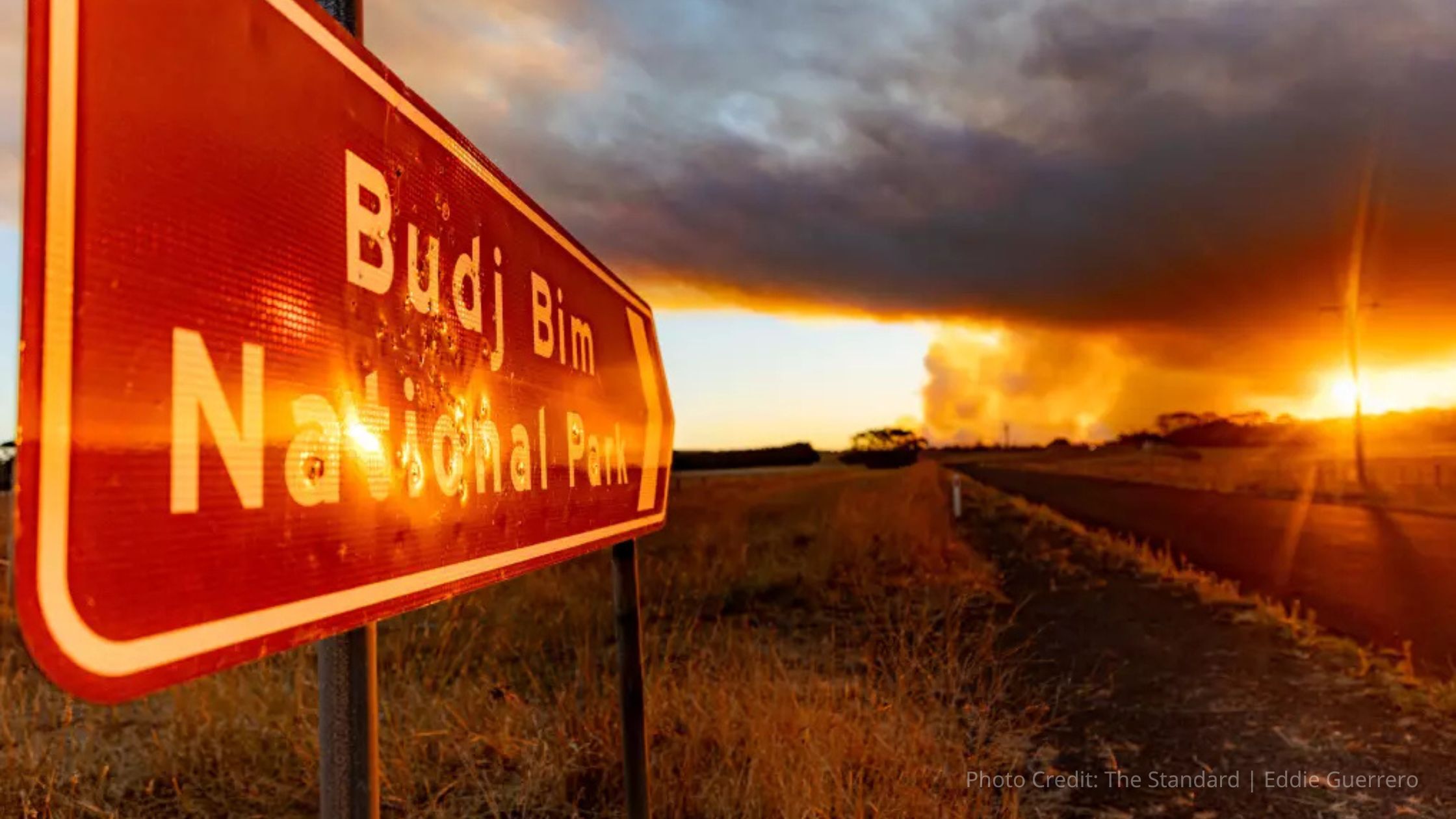Parliamentary inquiry into the management of blue gum plantations and koalas. Humane World for Animals is relieved to report that the koala shooting in Victoria’s Budj Bim National Park has stopped, with helicopters grounded last Friday, 25 April. Following fires in the area known to be home to a large...
This week marks the start of the latest international meeting, the Commission on the Conservation of Southern Bluefin Tuna (CCSBT), where management of southern bluefin tuna fisheries are discussed. This body sets the quotas for how many fish can be killed in future years, but also has a significant impact on the future of albatross populations worldwide. Why? Because an estimated 36,000 seabirds are killed every year in the Southern Ocean on fishing lines.
Southern bluefin tuna stocks have been fished to perilously low levels. Whilst IUCN classifies this fish as critically endangered[1] and the species is listed under Australia’s Environment Protection and Biodiversity Conservation Act 1999 (EPBC Act) as conservation dependent thanks to a nomination from HSI[2], surveys have shown that stocks are slowly recovering. This recovery means that fishing quotas will start to increase once again. HSI estimates that for every increase of two tonnes in quota another albatross will die.
Albatross populations cannot withstand this additional pressure from the fishery. For this reason, we have focussed for many years on trying to get a measure in place at CCSBT to mitigate and reduce seabird bycatch. Whilst sadly we have not yet been successful in achieving this, with countries instead preferring to defer to other tuna Regional Fisheries Management Organisations (tuna RFMOs) to guide the approach used by CCSBT to mitigate seabird bycatch, HSI has managed to highlight the issue of albatross deaths to countries that fish for southern bluefin tuna. It is widely agreed that albatrosses are facing a conservation crisis, but frustratingly we are yet to see concerted efforts made to address this crisis. Whilst it is important that the conservation crisis be recognised by countries, more important is that they take action.
HSI has been promoting the implementation of best practice advice, as set by seabird scientists and experts who attend meetings of the Agreement on the Conservation of Albatrosses and Petrels (ACAP). Sadly none of the seabird bycatch measures in tuna RFMOs are fully implementing this best practice advice as yet and HSI is working hard to change this.
Domestically we are also working to ensure fisheries are using best practice mitigation wherever possible. Whilst seabird deaths have been significantly reduced thanks to the Threat Abatement Plan for the incidental catch (or bycatch) of seabirds during oceanic longline fishing operations (2018)[3], prepared following an HSI nomination to list longline fishing as a key threatening process under the EPBC Act, there is still work to be done to further reduce seabird bycatch to as close to zero as possible.
This past weekend (12th October) marked Migratory Wild Bird Day, which this year has the theme “Protect Birds: Be the solution to plastic pollution”. With plastics one of the key threats to seabirds after fishing, HSI is proud that following our nomination for the key threatening process highlighting the threat to marine animals caused by the ingestion of plastics, resulting in the publication of the Threat abatement plan for the impacts of marine debris on the vertebrate wildlife of Australia’s coasts and oceans (2018)[4].
HSI is proud of its legacy on seabirds, but many challenges remain. There is still much to be done to convince fishing countries of the need to reduce the unnecessary deaths of seabirds on fishing lines and plastics are an ever pervasive threat. We hope that at this week’s CCSBT the voice of the seabirds will be heard. HSI will continue to work with countries to ensure that as much as possible is done to minimise albatross deaths.
Alexia Wellbelove is a Senior Program Manager at the Humane Society International (HSI). She joined the organisation in 2009. With over two decades experience in conservation her current focus is environmental policy, marine conservation (particularly marine mammal and fisheries bycatch) and wildlife trade. She helped found the Places You Love alliance and serves on a number of state and federal government committees. She has represented Australia as a member of the delegations to both the International Whaling Commission (IWC) and the Convention on Migratory Species (CMS).
[1] Collette, B., Chang, S.-K., Di Natale, A., Fox, W., Juan Jorda, M., Miyabe, N., Nelson, R., Uozumi, Y. & Wang, S. 2011. Thunnus maccoyii. The IUCN Red List of Threatened Species 2011: e.T21858A9328286. http://dx.doi.org/10.2305/IUCN.UK.2011-2.RLTS.T21858A9328286.en. Downloaded on 10 October 2019.
[4]https://www.environment.gov.au/biodiversity/threatened/publications/tap/marine-debris-2018
Image credit: Stephanie Kuwasaki


